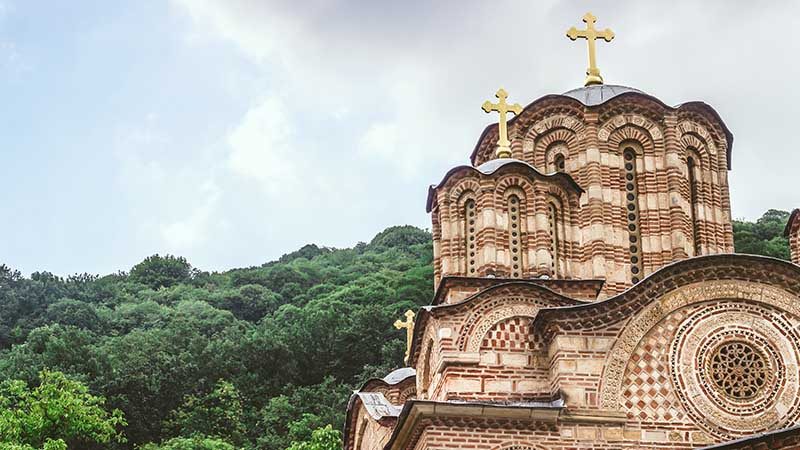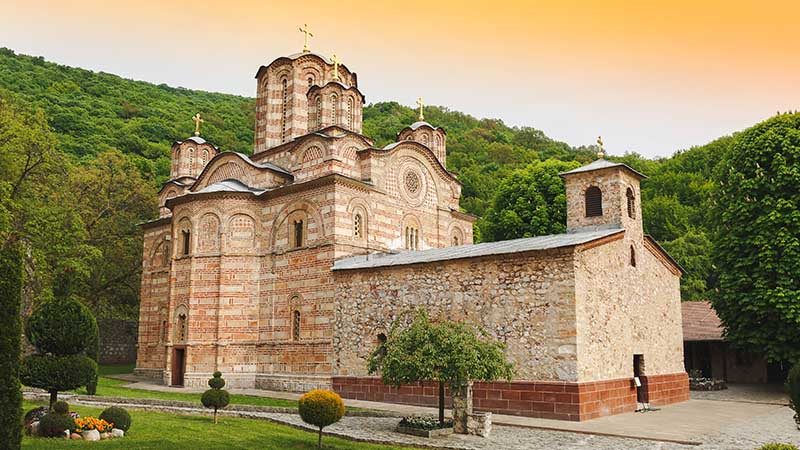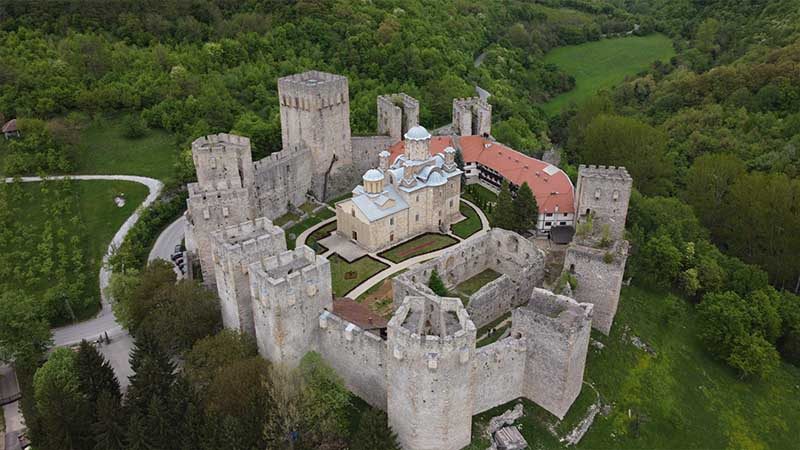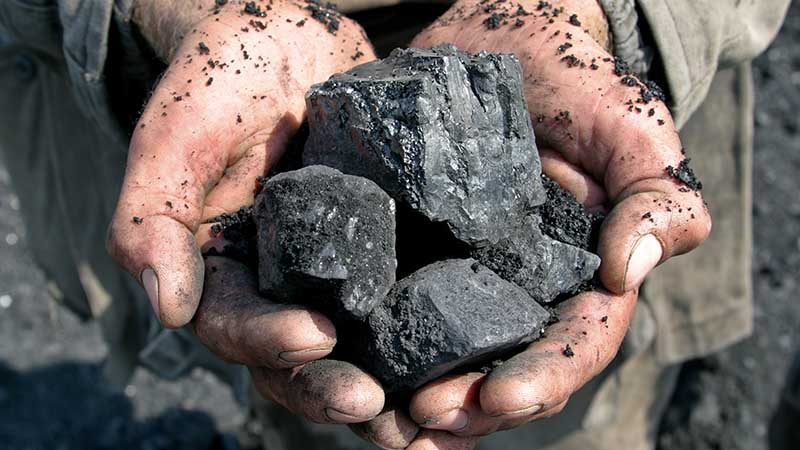WELCOME TO
BIOGOR
WELLNESS & SPA
Experience the captivating world of heritage on a journey through the region's most treasured historical landmarks.
HISTORICAL LANDMARKS

MONASTERY OF SAINT SISOJE
In the area, there is the Monastery of Sisojevac, named after the priest Sisoje. The monastery belonged to the Eparchy of Braničevo of the Serbian Orthodox Church and was most likely built in the eighth decade of the 14th century. It is first mentioned in writing in 1398 in a charter issued by Princess Milica to the monk Sisoje Sinait. The monastery is a legacy from the time of the Serbian prince Lazar Hrebeljanović. In the late 17th century, the monastery was abandoned and gradually fell into ruin. It was restored by the Republic Institute for the Protection of Cultural Monuments and is under the protection of the Republic of Serbia as a monument of great cultural significance.

RAVANICA MONASTERY
Located 10 kilometres from Sisevac is the Ravanica Monastery, which during the Middle Ages represented a significant centre of spiritual, cultural, and literary life in Serbia at that time. It is named after the Ravanica river. The monastery was founded by Prince Lazar and was constructed between 1375 and 1381. The monastery church is dedicated to the Holy Ascension of the Lord and is surrounded by a sturdy defensive wall with seven towers, of which only three remain today. The construction of this monastery marked the beginning of a new architectural era in Serbia, known as the Morava school. The Ravanica Monastery stands as one of the most significant spiritual centres in Serbia.

MANASIJA MONASTERY
The Manasija Monastery was built in the 15th century in Despotovac. It belongs to the most significant monuments of Serbian medieval culture and is the most important structure of the Morava school. Despot Stefan Lazarević founded Manasija, and many believe that his relics are currently housed in the monastery. The monastery and its entire area are surrounded by high walls that had a defensive role. It consisted of eleven towers, of which the Despot's tower stood out. The most important structure within the monastery complex is the Church of the Holy Trinity. It is among the most beautiful churches in the Morava style. Despite significant damage and lack of preservation, the frescoes of Manasija are among the greatest achievements of Serbian medieval painting.

COAL MINING MUSEUM
The Coal Mining Museum in Senjski rudnik consists of 4 buildings that are used as part of the museum complex: the administration building above Aleksandar's shaft, the machine workshop, the Coal Mining Museum, and the export tower with a steam engine. The space between these buildings includes a park with heavy machinery and large objects used in the mining shafts of the Senj mine and other mines in Serbia. The museum complex and the steam engine, the only one of its kind in Europe that is permanently in operation to this day, have been declared cultural monuments of great importance for the Republic of Serbia and represent a unique phenomenon in this part of the Balkans. Whether you're a history buff, a student eager to learn, or a family looking for an enriching experience, the Coal Mining Museum offers something for everyone.